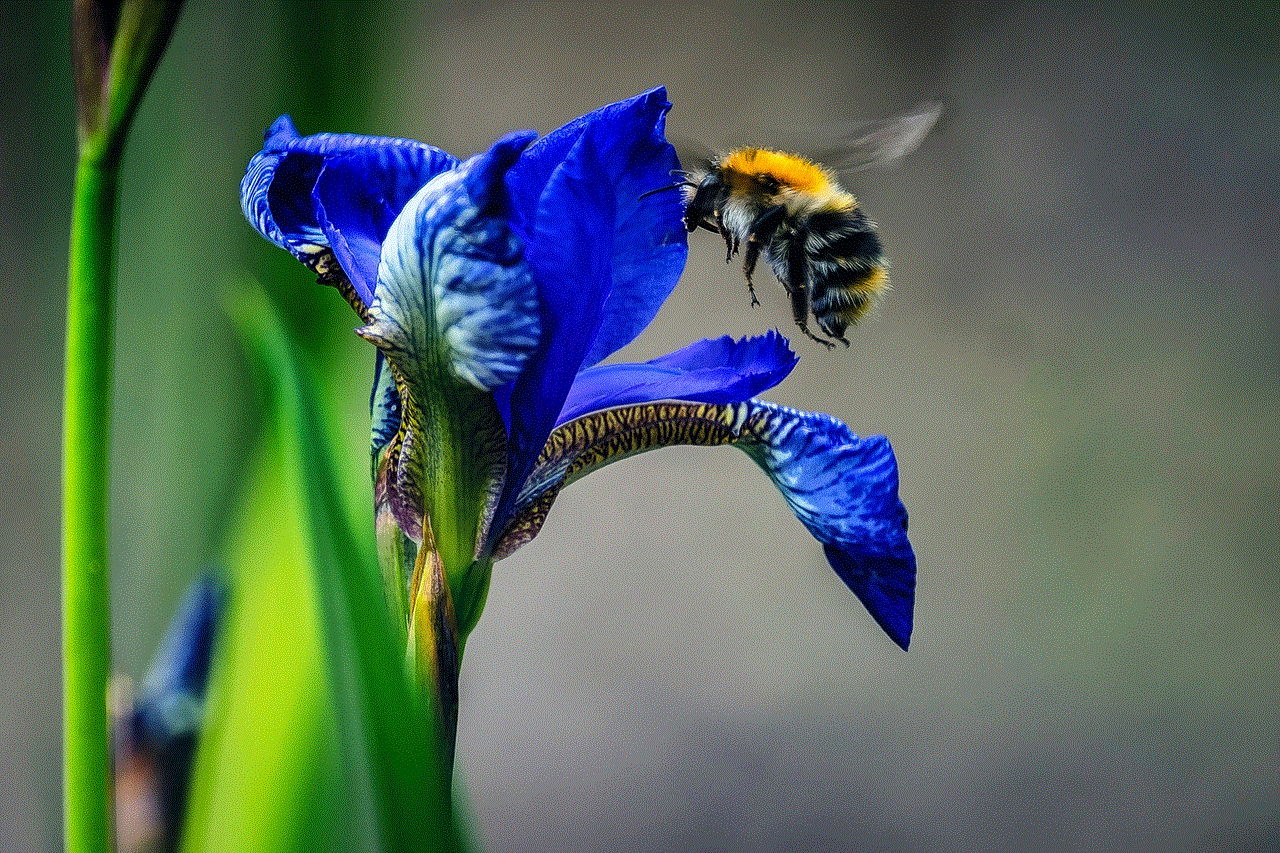fire point definition
Fire point definition is an important concept in fire safety and prevention. It is a term used to describe the temperature at which a fuel will ignite and continue to burn without any external source of ignition. This is different from flash point, which is the temperature at which a fuel will produce enough vapor to ignite with an external source of ignition. Understanding fire point is crucial in identifying potential fire hazards and implementing effective fire prevention measures. In this article, we will delve deeper into the definition of fire point, its significance, and its application in fire safety.
The concept of fire point is closely related to the three elements of fire – fuel, heat, and oxygen. These three elements are collectively known as the fire triangle and are essential for fire to occur. In order for a fire to start and continue to burn, all three elements must be present in the right proportion. If any of these elements are missing or removed, the fire will be extinguished. Fire point is specifically related to the heat element of the fire triangle. It is the minimum temperature at which a fuel will produce enough vapor to sustain combustion without the need for an external source of ignition.
To further understand the concept of fire point, it is important to differentiate it from flash point. While the two terms are often used interchangeably, they have distinct differences. As mentioned earlier, fire point is the temperature at which a fuel will continue to burn without an external source of ignition. On the other hand, flash point is the temperature at which a fuel will produce enough vapor to ignite with an external source of ignition. In simpler terms, fire point is the temperature at which a fuel will self-ignite, while flash point is the temperature at which a fuel will ignite with an external spark or flame.
The measurement of fire point is essential in identifying and classifying different types of fuels. It helps in understanding the behavior of different materials when exposed to heat and in identifying potential fire hazards. Materials with a low fire point are considered to be highly flammable and pose a greater risk of fire. On the other hand, materials with a high fire point are less likely to ignite and burn, making them less hazardous. Some common examples of materials with low fire point include gasoline, alcohol, and some types of chemicals. Materials with high fire point include wood, paper, and some types of plastics.
The fire point of a material is influenced by several factors, including its chemical composition, physical state, and environmental conditions. The chemical composition of a material determines its flammability and the ease at which it will ignite. For example, materials with a high carbon content are more likely to have a lower fire point because they have a higher potential for combustion. The physical state of a material also affects its fire point. For instance, liquids typically have a lower fire point compared to solids because they can easily vaporize and ignite. The environmental conditions, such as temperature and humidity, can also affect the fire point of a material. Higher temperatures and lower humidity levels can decrease the fire point of a material, making it more susceptible to ignition.
In addition to identifying potential fire hazards, understanding fire point is crucial in implementing effective fire safety measures. Fire point is used in the classification of different types of fire extinguishers. Fire extinguishers are classified based on the type of fire they are designed to extinguish – Class A, B, C, D, or K. Class A fire extinguishers are suitable for fires caused by ordinary combustibles such as wood, paper, and cloth. They are only effective if the fire point of the material is below the extinguishing agent’s temperature. Class B fire extinguishers are designed to extinguish fires caused by flammable liquids and gases. They are only effective if the fire point of the material is above the extinguishing agent’s temperature. Similarly, Class C, D, and K fire extinguishers are designed for specific types of fires with different fire points.
Moreover, fire point is also used in the development of fire safety codes and regulations. These codes and regulations specify the minimum fire point of materials that are allowed in different settings, such as residential, commercial, or industrial buildings. They also provide guidelines for the storage and handling of flammable materials, based on their fire point. This helps to minimize the risk of fire and ensure the safety of occupants in these settings.
In addition to fire prevention, fire point is also an important consideration in firefighting operations. Knowing the fire point of a material can help firefighters determine the most effective method to extinguish the fire. For example, if a material has a low fire point, firefighters will need to use a different approach and equipment compared to a material with a high fire point. This knowledge is crucial in ensuring the safety of firefighters and preventing the spread of fire.
In conclusion, fire point is an important concept in fire safety and prevention. It is the minimum temperature at which a fuel will ignite and continue to burn without an external source of ignition. Understanding fire point is crucial in identifying potential fire hazards, implementing effective fire safety measures, and developing fire safety codes and regulations. It is also an important consideration in firefighting operations. As such, it is essential to have a clear understanding of fire point and its application in fire safety to ensure the safety of individuals and property.
examples of grooming
Grooming is an essential part of our daily routine. It is the process of taking care of one’s physical appearance, hygiene, and overall well-being. Grooming not only helps in maintaining a good physical appearance but also has a positive impact on one’s mental health and self-confidence. The concept of grooming has been around for centuries and has evolved over time. Today, grooming is not just limited to basic hygiene practices, but it has become an entire industry with various products and services catering to different grooming needs. In this article, we will discuss the various aspects of grooming and its importance in our lives.
1. Basic Hygiene Practices
Basic hygiene practices are the foundation of grooming. These practices include bathing, brushing teeth, washing hands, and maintaining clean and trimmed nails. These may seem like simple tasks, but they play a crucial role in keeping us healthy and presentable. Regular bathing helps in removing dirt and sweat from the body, thus preventing body odor. Brushing teeth twice a day helps in maintaining oral hygiene and prevents dental problems. Washing hands frequently is essential to prevent the spread of germs and infections. Clean and trimmed nails not only look good but also prevent the accumulation of dirt and bacteria.
2. Hair Care
Hair is often considered as one’s crowning glory, and it is an important aspect of grooming. Proper hair care involves washing and conditioning regularly, trimming split ends, and keeping it neat and tidy. Different hair types require different hair care routines. For example, dry hair needs more conditioning, and oily hair needs to be washed more frequently. Regular haircuts not only help in maintaining the shape of the hair but also promote healthy hair growth.
3. Skin Care
Skin is the largest organ of our body, and taking care of it is crucial for overall health and well-being. Proper skin care involves cleansing, moisturizing, and protecting it from the sun. Cleansing helps in removing dirt, excess oil, and dead skin cells, thus preventing clogged pores and acne. Moisturizing keeps the skin hydrated and prevents dryness and flakiness. Sun protection is essential to prevent skin damage and premature aging. There are various products available in the market catering to different skin types and concerns.
4. Beard Care
Beards have become a popular trend in recent years, and proper beard care is a crucial aspect of grooming for men. Regular trimming and shaping of the beard help in maintaining a neat and tidy appearance. Just like hair, beards also need to be washed and conditioned regularly. There are various beard care products available in the market, such as beard oils and balms, which help in keeping the beard soft and healthy.
5. Oral Hygiene
Oral hygiene is not just limited to brushing teeth; it also includes flossing and using mouthwash. Flossing helps in removing food particles and plaque from between the teeth, which cannot be reached by a toothbrush. Mouthwash helps in killing bacteria and freshening breath. Good oral hygiene not only prevents dental problems but also contributes to overall health.



6. Nail Care
Nail care is often overlooked, but it is an important aspect of grooming. Clean and trimmed nails not only look good but also prevent the accumulation of dirt and bacteria. Regular manicures and pedicures help in maintaining healthy nails and cuticles. It is also essential to use clean and well-maintained nail tools to prevent infections.
7. Clothing and Accessories
Clothing and accessories play a significant role in one’s overall appearance. It is essential to dress appropriately for different occasions and maintain a well-groomed look. Wearing clean and ironed clothes, along with well-maintained shoes and accessories, enhances one’s appearance and boosts self-confidence.
8. Personal Care
Personal care goes beyond basic hygiene practices and involves taking care of oneself from head to toe. This includes everything from skincare, hair care, nail care, and oral hygiene to using deodorants and perfumes. Personal care also involves regular exercise, eating a balanced and nutritious diet, and getting enough rest and sleep. Taking care of oneself not only promotes good health but also helps in maintaining a good physical appearance.
9. Mental Health and Self-Confidence
Grooming not only has physical benefits but also has a positive impact on one’s mental health and self-confidence. When you look good, you feel good. Proper grooming can boost self-confidence and self-esteem. It also helps in reducing stress and anxiety. Taking care of oneself and maintaining a good appearance can also improve one’s social and professional life.
10. Grooming Industry
The concept of grooming has evolved over time, and today it is an entire industry. There are various products and services available in the market catering to different grooming needs. From basic hygiene products to specialized skincare, haircare, and beard care products, the grooming industry has a wide range of offerings. There are also grooming salons and spas that provide services such as haircuts, manicures, pedicures, waxing, and facials. The grooming industry is constantly evolving and adapting to the changing needs and preferences of consumers.
In conclusion, grooming is an important aspect of our lives that goes beyond just looking good. It involves taking care of oneself from head to toe and has a positive impact on our physical and mental well-being. With the availability of various products and services, grooming has become more accessible and convenient. It is essential to incorporate good grooming practices into our daily routine to maintain a healthy and presentable appearance.
urban slang for weed



Urban slang for weed, also known as marijuana, has become a common term in today’s society. With the increasing legalization and acceptance of marijuana in many countries, the use of slang terms for this plant has also grown. From “ganja” to “herb”, there are numerous words used to refer to weed in urban settings. In this article, we will delve deeper into the origins and meanings of these slang terms for weed, as well as how they have evolved over time.
The word “weed” itself is a slang term for marijuana, and its origins can be traced back to the early 20th century. It is believed that the term was first used in the jazz scene, with musicians referring to marijuana as “weed” in their songs and conversations. The word quickly gained popularity and became a commonly used term for marijuana in urban settings.
Another popular slang term for weed is “ganja”. The origin of this term can be traced back to India, where the plant has been used for medicinal and spiritual purposes for centuries. In the Hindi language, marijuana is referred to as “ganjika” which translates to “hemp plant”. Over time, the word evolved and was shortened to “ganja”, and it is now commonly used in urban slang to refer to marijuana.
“Herb” is another widely used slang term for weed. Its origins can be traced back to the Rastafarian movement in Jamaica. Rastafarians use marijuana as a sacrament and refer to it as “the herb”. With the spread of reggae music and the Rastafarian culture, the term “herb” gained popularity in urban settings as a slang term for marijuana. It is also believed that the term was used to avoid legal repercussions for openly talking about marijuana.
One of the more recent slang terms for weed is “bud”. This term refers to the dried and cured flowers of the marijuana plant, which are the most commonly used part of the plant for recreational and medicinal purposes. The term “bud” is believed to have originated in the 1980s and has since become a popular term in urban settings, especially among younger generations.
Other commonly used slang terms for weed include “grass”, “pot”, “Mary Jane”, and “reefer”. These terms have been around for decades and have become a part of popular culture. They are often used in movies, music, and everyday conversations, making them a familiar part of urban slang.
The use of slang terms for weed has also evolved with the changing attitudes towards marijuana. In the past, these terms were used as code words to talk about marijuana without attracting unwanted attention. However, with the increasing acceptance and legalization of marijuana, some of these terms have become more mainstream and are no longer used as code words.
Despite the growing acceptance of marijuana, there are still negative connotations associated with the use of slang terms for weed. This is due to the decades-long war on drugs, which has demonized marijuana and those who use it. As a result, some people still view the use of slang terms for weed as a way to glamorize and promote drug use.
The use of slang terms for weed is not limited to English-speaking countries. In Spanish-speaking countries, marijuana is commonly referred to as “marihuana”, “hierba”, or “yerba”. In French-speaking countries, it is called “herbe”, “beuh”, or “ganja”. These terms have also become a part of urban slang in their respective countries.
One of the most interesting aspects of urban slang for weed is how it continues to evolve and adapt to new trends and technologies. With the rise of social media and the internet, new slang terms for weed have emerged, such as “dank”, “loud”, and “fire”. These terms are often used to describe high-quality marijuana and have become popular among younger generations.



The use of slang terms for weed is not limited to spoken language. With the rise of online forums and social media platforms, the use of emojis to represent marijuana has also become popular. The green leaf emoji, for example, is often used to represent marijuana in online conversations. This is a testament to how language and communication continue to evolve in the digital age.
In conclusion, the use of urban slang for weed has a rich history and continues to evolve with the changing attitudes towards marijuana. From “weed” to “bud” to “dank”, there are numerous terms used to refer to marijuana in urban settings. These terms have become a part of popular culture and are used in everyday conversations. While some may still view them as a way to glamorize drug use, the use of slang terms for weed has become a way to embrace and celebrate the plant in many parts of the world.